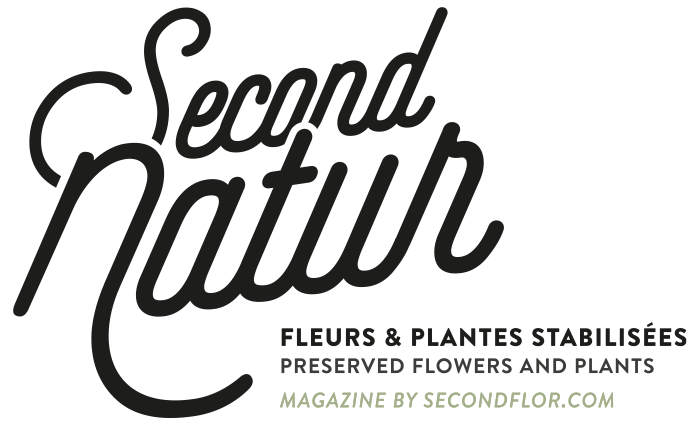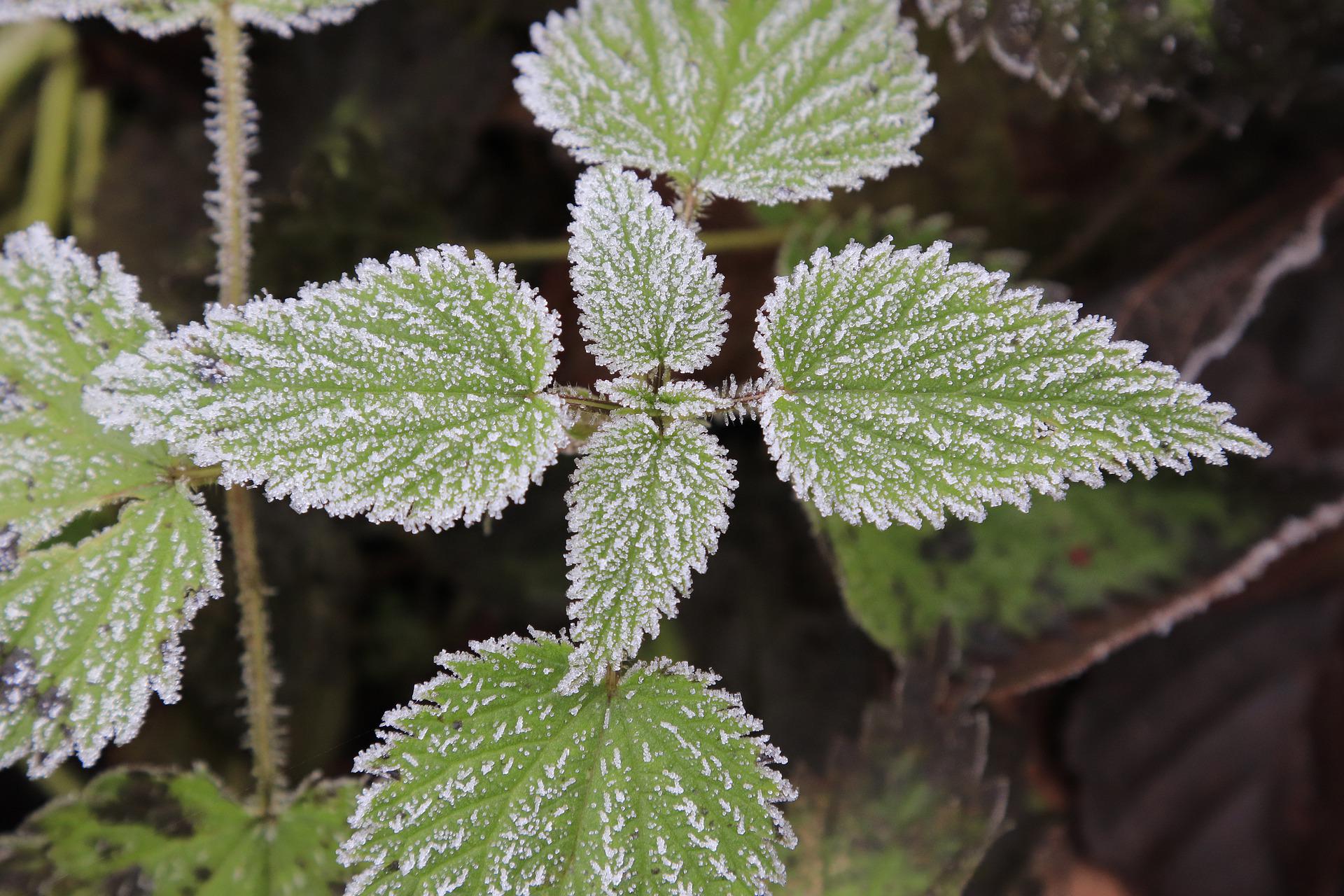We already talked about plant conservation methods such as spraying or immersion preservation. Today we are going to talk about the freeze-drying technique.
This method is often equated or mistaken for the classic plant drying. Freeze-drying is a process invented in the early 20th century by french scientists. This conservation method is used for many pharmaceutical and food products, archaeological remains, small animals or plants.
THE TECHNIQUE
This process consists in extracting all the water from a product. It is a plant drying method and not a stabilization method.
THE PRESERVATION PROCESS
The freeze dryer is a machine, often made of aluminium or stainless steel. We freeze the fresh plant between -4 and -112° Fahrenheit. The freezing phase is the trickiest one. If it is done too slowly, the amount of water will increase and the final product will be altered. A vacuum pump then extracts all the water from the treated product. The water then goes directly from a gaseous to a solid state and forms crystals. The last step is the de-icing process. The entire freeze-drying process takes about 14 days.
ADVANTAGES
Freeze-dried plants can be stored for several years. They also keep their shape in good condition, some flexibility and much of their original colour. The freeze-dried flower is quite similar to its fresh version.
As with immersion preservation, freeze-drying has no seasonality. It can be done all year-round. Therefore, there will be little fluctuation in price.
It is the most natural method of preservation because it does not require any chemicals (except for refrigeration gas). Freeze-dried products are therefore biodegradable.
THE DISADVANTAGES
Although freeze-dried plants do not require maintenance, they should not be exposed to sunlight and humidity for too long. Indeed, their colour is fragile. Moreover, their flexibility is relative: they are still dried flowers.
The freeze-drying process cannot be carried out without a freeze-dryer. This device is expensive and makes this preservation method one of the most expensive. In addition, the capacity of the reactor is very small. It is therefore complicated to process many products at the same time. It is also noted that for profitability reasons, producers very rarely preserve the stems.
PLANTS CONCERNED BY THIS TECHNIQUE
This preservation method can be applied to over 90 species but should be avoided on flowers with thin petals, as the process could destroy them. The most common flowers affected by this type of treatment are peonies, dahlias and roses…

